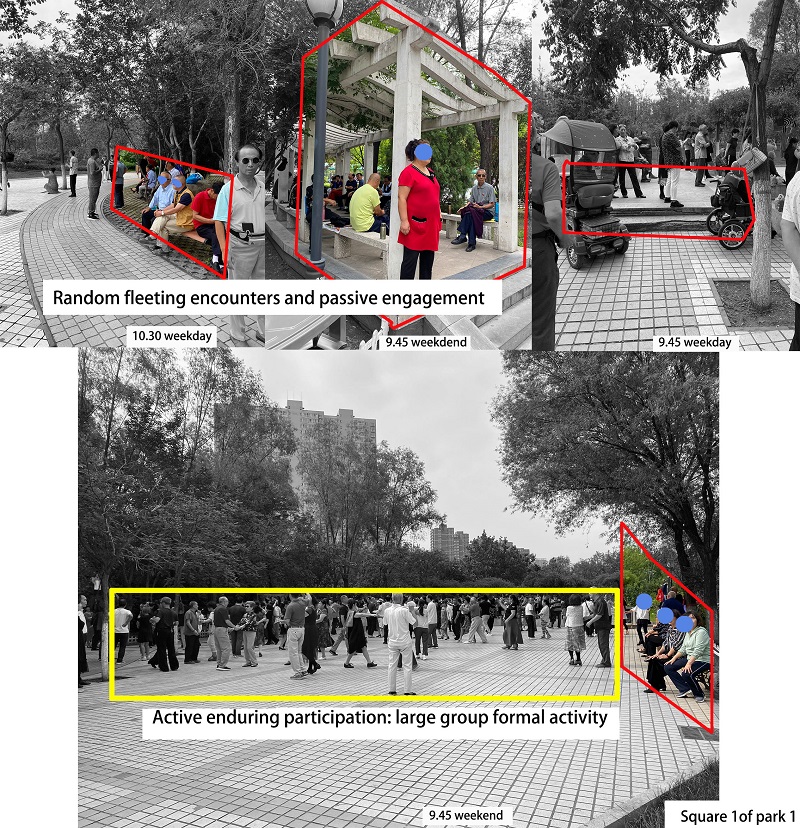The research focuses on the micro-design of public spaces, and the scope it offers for making age-friendly public spaces and urban forms.
Are cities and their public spaces equipped to cater for older users’ physical and social well-being?
Little is currently known about age-friendly cities and how to plan and design them, particularly at the micro-level. But the increasing rate of population ageing calls for more focused attention on this issue.
This research project addresses this question in the context of China, which is a developing country with a rapidly increasing ageing trend and with profoundly transformative changes that might be triggering more complex changes and opportunities.
The research focuses on the micro-design of public spaces, and the scope it offers for making age-friendly public spaces and urban forms.
This research will interest urban designers, planning practitioners and policy-makers, as well as local authority departments responsible for the management of parks and green spaces.

The research has produced detailed information on the desirable qualities of age-friendly park design
The research provides evidence for optimising relevant policies, codes and guidelines to promote older people’s health and well-being, and to improve inclusivity and sustainability in cities. In particular, this project:
- produces rich and detailed information on the desirable qualities of age-friendly park design;
- Re-thinks the high dependency of spatial realms in considering the differentiation of ageing population cohorts, and
- inspires design ideas for the adaptive use of undefined spaces.
The research
Request a copy of the paper from Ying Liao
